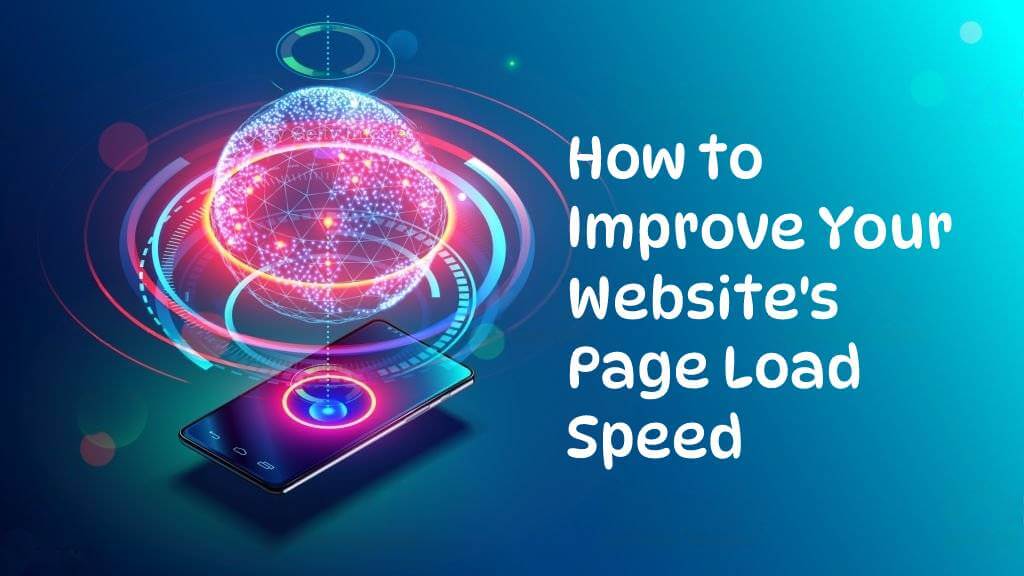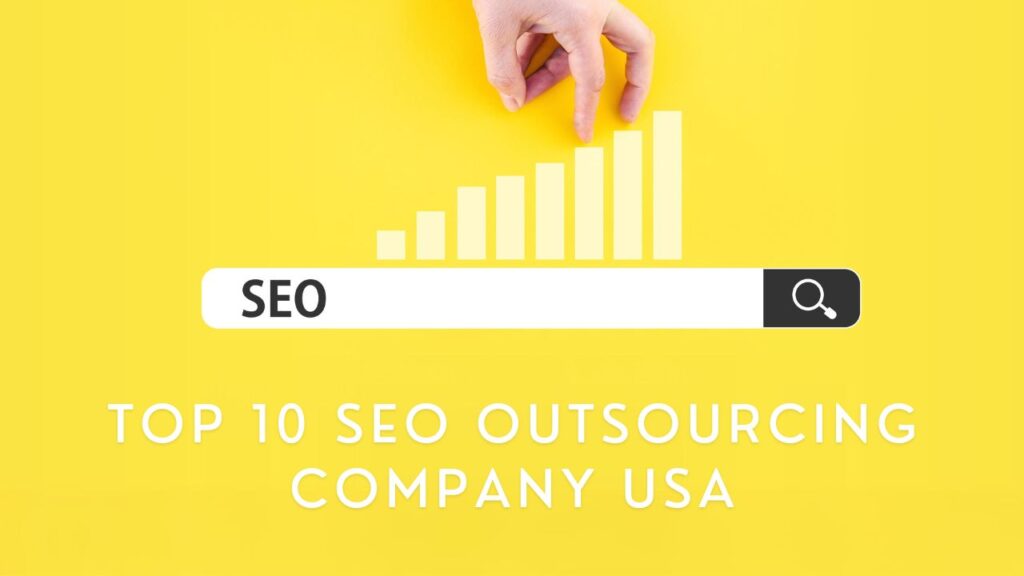How to Improve Your Website’s Page Load Speed
In today’s digital era, website speed has become a critical factor in providing an optimal user experience. With the ever-increasing competition, it is imperative to have a website that loads quickly to retain visitors and keep them engaged. In this article, we will discuss the various ways to improve your website’s page load speed, which will not only enhance user experience but also help in ranking higher in search engine results.
In this section, we will discuss the importance of website speed and how it impacts user experience and SEO.
Why is website speed important?
Website speed plays a crucial role in providing a good user experience. Studies have shown that users tend to leave websites that take more than three seconds to load. Slow loading websites not only frustrate users but also affect the website’s bounce rate and conversion rate. In addition, website speed is also a crucial ranking factor for search engines. Google considers website speed as one of the factors while ranking websites in search engine results pages (SERPs).
Ways to Improve Your Website’s Page Load Speed
In this section, we will discuss the various ways to improve your website’s page load speed.
1. Optimize Images
Images play a crucial role in website design, but they can also be one of the major reasons for slow loading websites. One way to improve website speed is to optimize images by compressing them without compromising the image quality. This can be achieved by using tools like TinyPNG or ImageOptim.
2. Minimize HTTP Requests
Every element on a website, including images, scripts, and stylesheets, requires an HTTP request to load. A website with too many HTTP requests can significantly slow down the page load speed. One way to reduce HTTP requests is to minimize the number of files and combine them into a single file.
3. Use a Content Delivery Network (CDN)
A CDN is a network of servers distributed across different geographic locations that store cached copies of a website’s content. When a user requests a page, the CDN delivers the content from the nearest server, reducing the page load time. Cloudflare, Amazon CloudFront, and Akamai are some of the popular CDN services available.
4. Enable Compression
Enabling compression can significantly reduce the size of files sent from your server to the user’s browser, resulting in faster page load time. Gzip is the most popular compression method used by web servers.
5. Minimize CSS and JavaScript Files
CSS and JavaScript files can be large, and multiple files can slow down a website’s page load speed. One way to minimize CSS and JavaScript files is to remove unnecessary code and comments, which can significantly reduce file size.
6. Use Browser Caching
When a user visits a website, the browser downloads all the files required to display the webpage. Browser caching enables the browser to store these files on the user’s computer, reducing the load time for subsequent visits.
7. Optimize Web Fonts
Web fonts are a great way to enhance website design, but they can also slow down page load time. One way to optimize web fonts is to limit the number of font styles and weights used on a website.
8. Reduce Server Response Time
The time taken by the server to respond to a request can significantly impact page load time. One way to reduce server response time is to use a reliable hosting service and optimize server settings.
9. Minimize Redirects
Redirects can also contribute to slow page load speed. Every time a user is redirected, the browser needs to send a new HTTP request. Minimizing redirects can significantly improve page load speed.
10. Monitor Website Speed
It is essential to monitor website speed regularly to identify issues that may impact page load time. There are several tools available, such as Google PageSpeed Insights and GTmetrix, that can help in monitoring website speed and providing suggestions for improvement.
11. Use Lazy Loading
Lazy loading is a technique that enables images and videos to load only when they are visible to the user. This can significantly reduce page load time, as the browser does not have to load all the content at once.
12. Use a Fast and Reliable Web Host
The choice of web host can significantly impact website speed. It is essential to choose a fast and reliable web host that can handle website traffic without affecting page load time.
13. Reduce the Size of Web Pages
Large web pages can significantly impact page load time. One way to reduce the size of web pages is to limit the number of elements on a page, compress images and videos, and remove unnecessary code.
14. Optimize for Mobile Devices
Mobile devices account for a significant portion of website traffic. It is essential to optimize websites for mobile devices to ensure fast page load times and provide a good user experience.
15. Keep Your Website Up to Date
Website speed can be affected by outdated software, plugins, and scripts. It is essential to keep your website up to date by regularly updating software, plugins, and scripts.
Website speed plays a crucial role in providing a good user experience and improving search engine rankings. By implementing the above techniques, website owners can significantly improve their website’s page load speed and retain visitors. Remember to regularly monitor website speed and make necessary adjustments to ensure optimal performance.
FAQs
What is a good page load time?
How can I check my website’s page load speed?
Does website speed affect SEO?
How often should I monitor website speed?
Can website speed be improved without compromising website design?
If do you need Website’s Page Load Speed then please contact with us: Curl Ware






